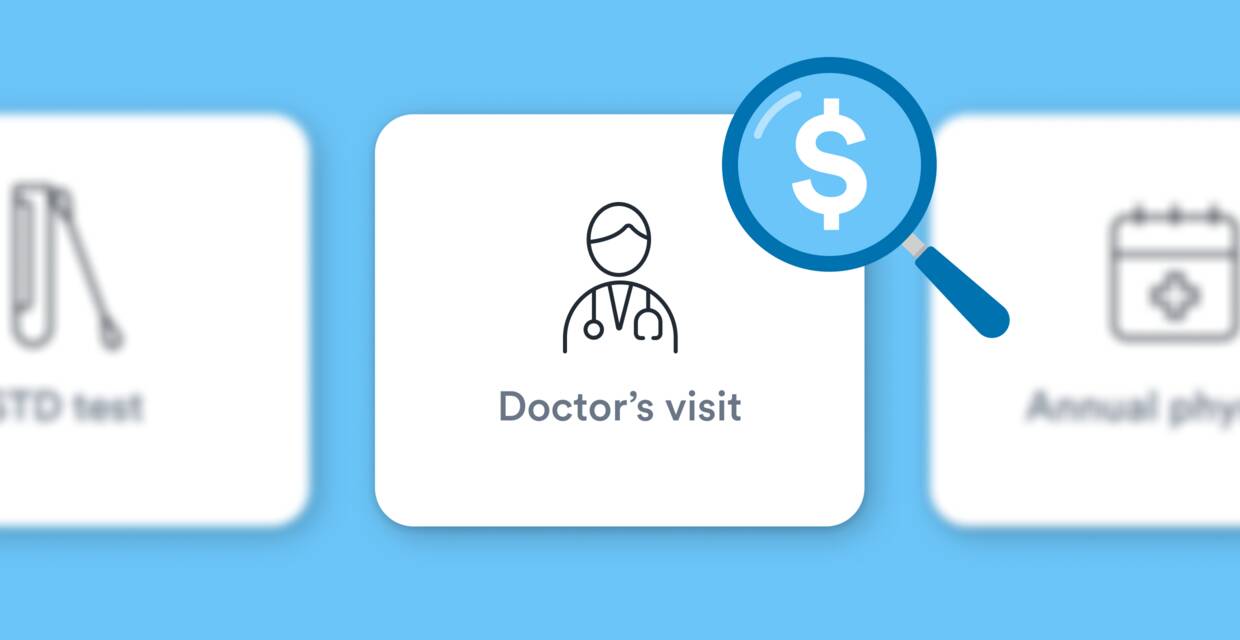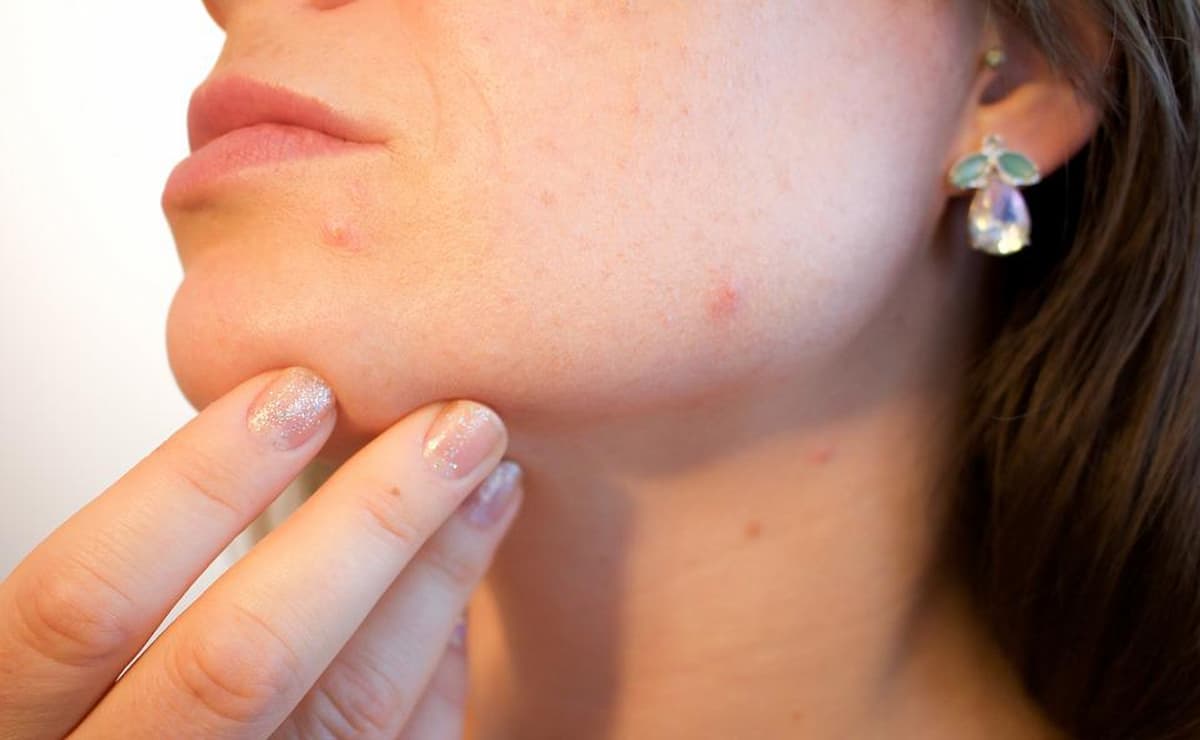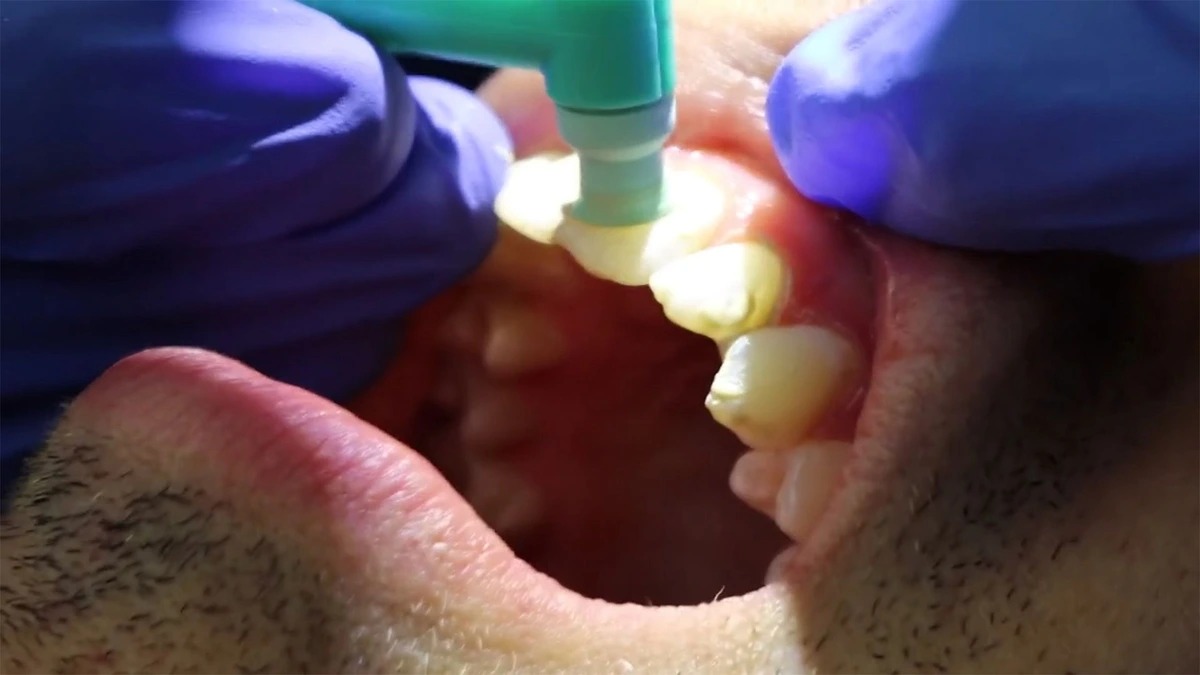Home>Finance>How Much Is A Dermatologist Visit Without Insurance?


Finance
How Much Is A Dermatologist Visit Without Insurance?
Modified: December 29, 2023
Find out the cost of a dermatologist visit without insurance and explore financing options for your medical expenses. Take control of your finances with a budget-friendly approach to healthcare.
(Many of the links in this article redirect to a specific reviewed product. Your purchase of these products through affiliate links helps to generate commission for LiveWell, at no extra cost. Learn more)
Table of Contents
Introduction
Visiting a dermatologist is essential for maintaining skin health, addressing skin concerns, and preventing potential issues. However, for those without insurance coverage, the cost of a dermatologist visit may be a cause for concern. Understanding the factors that influence the cost, as well as exploring ways to mitigate expenses, can help individuals make informed decisions about their dermatological care.
When it comes to dermatology, the cost of a visit without insurance can vary depending on various factors. These factors include the location of the dermatologist’s office, the complexity of the skin condition being treated, the services required, and the overall reputation and expertise of the dermatologist.
In this article, we will delve into the factors that affect the cost of a dermatologist visit without insurance, explore the average cost of such visits, discuss additional costs to consider, and provide tips for reducing the overall expenses.
While the cost of a dermatologist visit without insurance may seem daunting, it is important to prioritize your skin health and seek professional medical advice when needed. By understanding the cost factors and exploring ways to mitigate expenses, you can make informed decisions about your dermatological care and ensure the best possible outcome for your skin.
Factors Affecting the Cost of a Dermatologist Visit Without Insurance
Several factors influence the cost of a dermatologist visit when you do not have insurance coverage. Understanding these factors can help you estimate the potential cost and plan accordingly.
- Location: The location of the dermatologist’s office plays a significant role in determining the cost. Dermatologists located in urban areas with high living costs may charge more for their services compared to those in rural areas.
- Nature of the Skin Condition: The complexity and severity of the skin condition being treated can affect the cost. Minor issues such as acne or mild rashes may require less time and fewer resources, resulting in a lower cost, while more serious conditions like skin cancer or chronic skin diseases may require extensive testing, treatments, and follow-ups, leading to higher expenses.
- Types of Services Needed: Different dermatological services have varying price points. Services such as skin exams, biopsies, cosmetic procedures, and treatments for specific conditions will have different associated costs. It’s important to discuss the required services with the dermatologist beforehand to estimate the overall cost.
- Dermatologist’s Experience and Reputation: The expertise and reputation of the dermatologist can influence the cost of a visit. Highly experienced and well-renowned dermatologists may charge higher fees due to their expertise and demand in the field.
- Additional Tests and Procedures: Depending on the nature of the skin condition, additional tests or procedures such as blood work, allergy testing, or phototherapy may be required. These additional tests can significantly contribute to the overall cost of the visit.
It is essential to have an open discussion with your dermatologist about the potential costs involved in your specific case. They can provide you with an estimate based on their expertise and the services required.
Now that we have an understanding of the various factors influencing the cost, let’s dive into the average cost of a dermatologist visit without insurance.
Average Cost of a Dermatologist Visit Without Insurance
The cost of a dermatologist visit without insurance can vary significantly depending on the factors we discussed earlier. On average, you can expect to pay between $100 and $300 for a basic consultation without any additional procedures or treatments.
It’s important to note that this cost does not include any additional services, tests, or treatments that may be required during the visit. These additional expenses can significantly increase the overall cost.
For example, if you require a biopsy or skin testing, the cost can range from $100 to $500 or more, depending on the complexity of the procedure and the laboratory fees. Cosmetic procedures such as chemical peels or laser treatments can cost anywhere from $200 to $1000 per session.
Keep in mind that these are just estimates, and the actual cost can vary depending on your location and the specific dermatologist you choose. It’s always a good idea to contact the dermatologist’s office beforehand to inquire about their pricing and discuss any potential additional costs.
While these prices may seem high, it’s important to remember that dermatological care is crucial for maintaining skin health and addressing any concerns. Ignoring skin issues can lead to more significant problems down the line, so investing in proper treatment and care is essential.
Next, let’s explore additional costs to consider when calculating the overall expenses of a dermatologist visit without insurance.
Additional Costs to Consider
When budgeting for a dermatologist visit without insurance, it’s important to be aware of the potential additional costs that may arise. These costs can vary depending on your specific situation and the services required.
Here are some common additional costs to consider:
- Diagnostic Tests: If your dermatologist suspects a more serious condition or needs to confirm a diagnosis, they may order specific diagnostic tests such as biopsies, blood work, or imaging. These tests come with their own associated costs, which can range from a few hundred to several thousand dollars.
- Prescription Medications: If your dermatologist prescribes medications for your skin condition, there may be additional costs involved. The price of prescription medications can vary depending on the type of medication and your insurance coverage, so it’s important to consult with your dermatologist and pharmacist to understand the potential costs.
- Follow-Up Visits and Treatments: Depending on the nature of your skin condition, you may need multiple follow-up visits or treatments. Each of these visits will incur additional costs, so it’s important to plan for these expenses as well.
- Cosmetic Procedures: If you are seeking cosmetic procedures such as Botox, fillers, or laser treatments, these typically come with a separate cost. These procedures are often not covered by insurance and are considered elective, so it’s important to factor in the cost if you’re considering them.
- Over-the-Counter Products: Your dermatologist may recommend specific over-the-counter products for your skincare routine. While these products may not break the bank, it’s important to include them in your overall budget to ensure you can follow the recommended skincare regimen.
By considering these additional costs and planning accordingly, you can have a more realistic estimate of the overall expenses associated with a dermatologist visit without insurance.
Next, let’s explore some ways to reduce the cost of a dermatologist visit without insurance.
Ways to Reduce the Cost of a Dermatologist Visit Without Insurance
While the cost of a dermatologist visit without insurance can be a significant expense, there are several strategies you can employ to help reduce the overall cost:
- Research and Compare Prices: Look for dermatologists in your area and compare their prices. Keep in mind that lower prices don’t always indicate lower quality, so read reviews and research the dermatologists’ experience and qualifications before making a decision.
- Ask for a Discount: Inquire if the dermatologist offers any cash discounts or payment plans. Some dermatologists may be willing to negotiate the overall cost to accommodate their uninsured patients.
- Consider Telemedicine: Telemedicine, or virtual dermatology visits, can be a cost-effective option. These appointments can often be done at a lower cost compared to in-person visits, while still providing valuable medical advice and treatment recommendations.
- Utilize Community Health Clinics: Community health clinics or free clinics may offer dermatology services at reduced rates or on a sliding scale based on income. These clinics can provide affordable options for those without insurance.
- Take Advantage of Prescription Assistance Programs: If your dermatologist prescribes medications that are costly, research prescription assistance programs or patient savings programs that can help reduce the cost of medications.
- Opt for Generic Medications: When possible, ask your dermatologist if there are generic versions of prescribed medications available. Generic medications are often more affordable and can provide the same therapeutic benefits.
- Practice Preventive Skincare: Adopting a proactive skincare routine can help prevent or minimize skin issues, reducing the need for frequent visits to the dermatologist. Take care of your skin by cleansing, moisturizing, wearing sunscreen, and following healthy lifestyle habits.
- Insurance Alternatives: Explore alternatives to traditional health insurance, such as health savings accounts (HSAs) or joining a healthcare sharing ministry. These options can provide some financial assistance in covering healthcare costs.
By implementing these strategies and exploring cost-saving alternatives, you can help reduce the financial burden of a dermatologist visit without insurance. However, it’s important to prioritize your skin health and not compromise on necessary medical care.
Let’s conclude with a summary of the key points discussed in this article.
Conclusion
When it comes to dermatologist visits without insurance, the cost can be a concern for many individuals. However, understanding the factors that influence the cost, such as location, nature of the skin condition, and types of services needed, can help you prepare and budget accordingly. The average cost of a dermatologist visit without insurance can range from $100 to $300, excluding additional services and treatments.
It’s important to be aware of the potential additional costs that may arise, including diagnostic tests, prescription medications, follow-up visits, and cosmetic procedures. By considering these additional expenses and planning accordingly, you can have a more realistic estimate of the overall cost of your dermatological care.
Fortunately, there are ways to mitigate the expense of a dermatologist visit without insurance. Researching and comparing prices, asking for discounts, considering telemedicine, utilizing community health clinics, and exploring prescription assistance programs are all effective strategies to help reduce costs. Additionally, practicing preventive skincare and exploring insurance alternatives can further contribute to cost savings.
While it’s important to be mindful of the cost, it’s equally vital to prioritize your skin health and seek professional medical advice when needed. Ignoring skin issues can lead to more serious complications down the line. By taking proactive steps to manage your skin health and using the resources available, you can ensure the best possible care for your skin, even without insurance coverage.
Remember to have open discussions with your dermatologist regarding the potential costs involved. They can provide you with a more accurate estimate based on your specific condition and required services.
By being informed and proactive in managing your dermatological care, you can find ways to navigate the cost of a dermatologist visit without insurance while still prioritizing your skin health.














